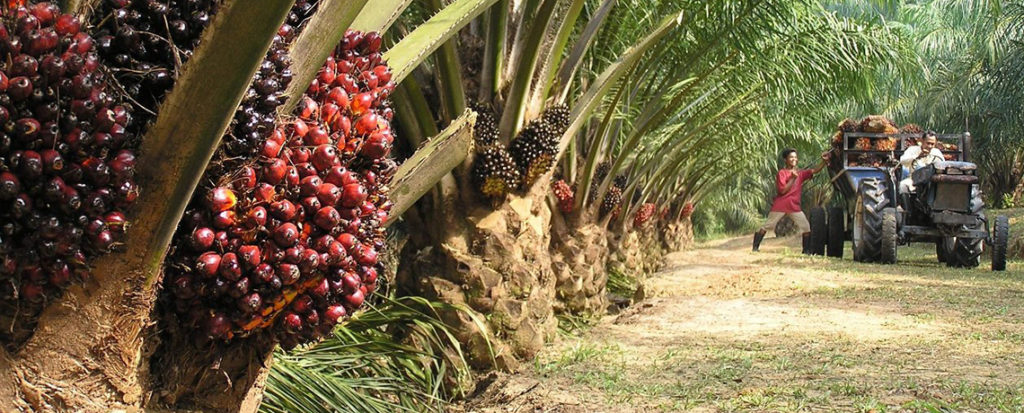
Originally published at MongaBay.com:
A closer look at a deforestation “hotspot” in central Peru finds oil palm expansion to be the primary driver of forest loss. That’s according to a recent report by Monitoring of the Andean Amazon Project (MAAP), which analyzed high-resolution satellite imagery in one of several patches of deforestation spattering the central Peruvian Amazon.
Earlier this year, MAAP identified several deforestation hotspots in Peru, each indicating an area where a high density of forest loss was detected in 2015. And a clear trend was evident: Most hotspots were found in the central Amazon, home to the country’s highest deforestation rates, in addition to myriad endemic plants and animals.
Since unveiling the hotspots in March, MAAP has used satellite imagery to investigate the likely drivers of deforestation in each area. Their earlier analyses pegged cattle ranching as the main reason behind forest clearance. Released last week, MAAP’s latest analysis revealed another driver of forest loss in the region – oil palm development.
High-resolution satellite imagery shows unequivocal signs of oil palm in a hotspot located in northern Huánuco Department, write MAAP researchers. They estimate that 558 hectares of forest were razed in this region to establish small and medium-scale plantations between 2010 and 2014.
“We found that the major driver [in northern Huánuco] was small to medium scale oil palm plantations,” Matt Finer, lead MAAP researcher and author of the report, said in an email to Mongabay. “Large-scale oil palm often gets a bad rap, but what safeguards are in place to ensure that smaller-scale projects are not driving deforestation as well?”
According to MAAP, small and medium-size deforestation events – those on the scale of 50 hectares or fewer – represent the majority of recent incursions into Peru’s forests. And there have been many. The team estimated that in 2015 alone, Peru lost an estimated 163,238 hectares of forest, 99 percent of which came from small and medium-scale deforestation events.
Many of these events may be illegal. According to Finer, the deforestation hotspot in northern Huánuco is not in a region zoned for agriculture, which suggests that the oil palm activity was likely illegal.
But according to Ashwin Ravikumar, an environmental social scientist at The Field Museum, it’s not a guarantee. “Whether or not it’s illegal really depends on how they’re operating,” Ravikumar told Mongabay. “It’s possible that the government, or a regional government, sold the land or delivered a title to a company [to develop oil palm].”
